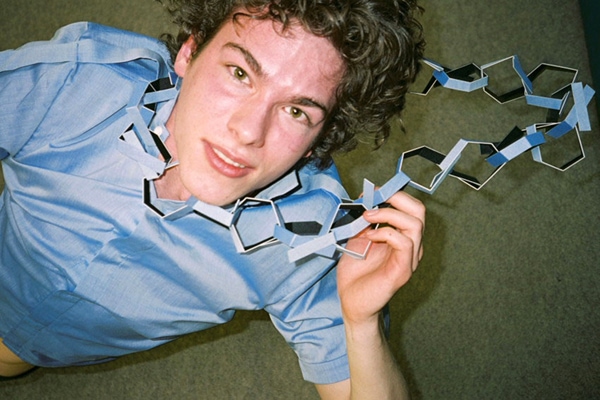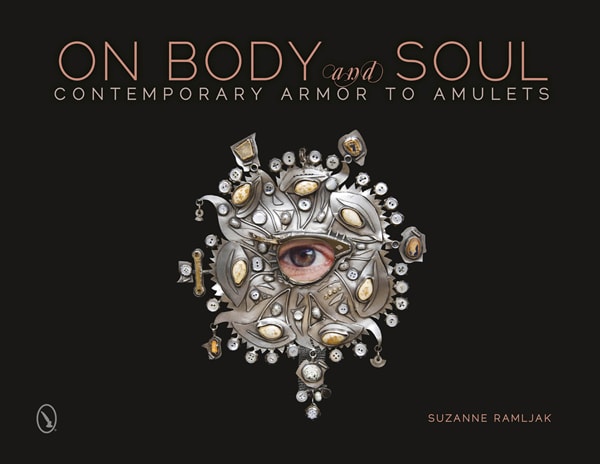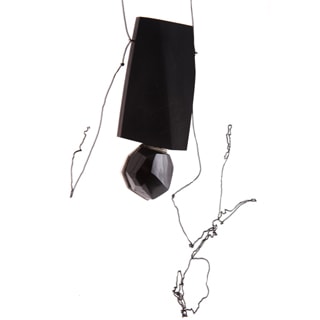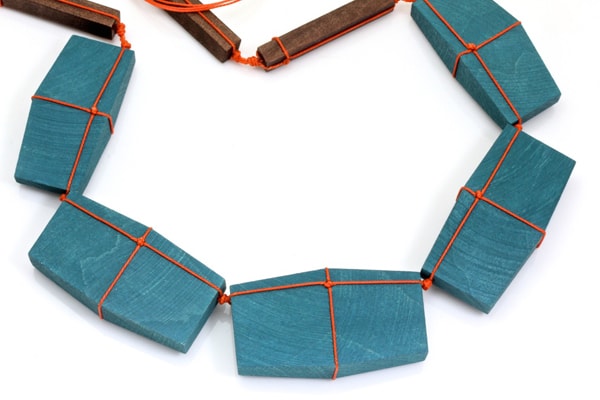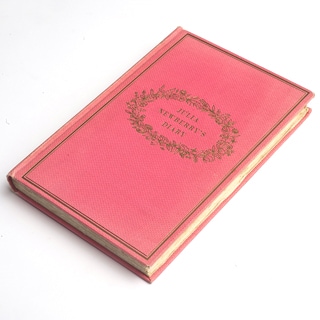Christian Hoedl: Unconventional Armour
 Christian Hoedl, who has lived in both Austria and Germany, is known for creating thought-provoking contemporary jewelry for men. In his work, Hoedl moves effortlessly between fabric and metal, constructing precise yet deeply personal pieces. Jewelers’Werk Galerie in Washington DC is presenting his latest work.
Christian Hoedl, who has lived in both Austria and Germany, is known for creating thought-provoking contemporary jewelry for men. In his work, Hoedl moves effortlessly between fabric and metal, constructing precise yet deeply personal pieces. Jewelers’Werk Galerie in Washington DC is presenting his latest work.
Olivia Shih: In the past, you’ve often worked with scintillating fabric chains, which shift and change with the moving wearer. What first inspired you to “fabricate” with fabric instead of with metal?
Christian Hoedl: My inspiration came from contemporary dancers, who are gorgeous and most precise in their unique techniques and are constantly developing new modes of expression. I admire their endurance and their ability to redefine postures daily.
Next is my love of fabric, which comes from early childhood experience on the north Tyrolean Alps, with high quality cotton and many different interpretations of cotton into fabric. The last generation of amazing and newly developed threads, from Europe to Japan, has given me a large number of possibilities to work with, and my eyes shine bright just thinking of this.
Christian Hoedl: Unconventional Armour Read More »
